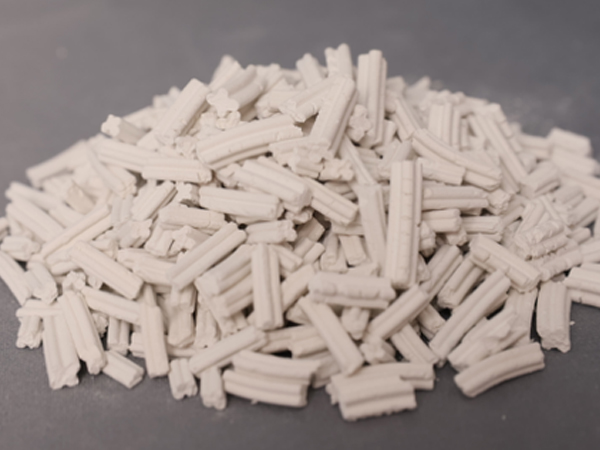A calcium-based desulfurizer, also known as a calcium desulfurizer, is a substance used in various industrial processes to remove sulfur from gases or molten metals. It contains calcium compounds that react with sulfur to form non-volatile calcium sulfide, thereby reducing the sulfur content in the target material. Here are some commonly used calcium-based desulfurizers:
Calcium Oxide (CaO): Also known as quicklime or burnt lime, calcium oxide is a widely used desulfurizing agent. It reacts with sulfur to form calcium sulfide (CaS) according to the following equation:
CaO + S → CaS
Calcium Carbonate (CaCO3): Calcium carbonate, commonly found in limestone, chalk, and marble, can be utilized as a desulfurizer. It undergoes thermal decomposition to produce calcium oxide, which then reacts with sulfur to form calcium sulfide.

Calcium Hydroxide (Ca(OH)2): Calcium hydroxide, also known as slaked lime, is another calcium-based compound used for desulfurization. It can react with sulfur to form calcium sulfide.
Dolomite (CaMg(CO3)2): Dolomite is a mineral containing calcium and magnesium carbonates. It can be employed as a desulfurizer by decomposing into calcium oxide (CaO) and magnesium oxide (MgO) when heated. The calcium oxide then reacts with sulfur to form calcium sulfide.
…
For more detailed information about the use of calcium-based desulfurizers, please click to visit: https://www.ly-gaifeng.com/blog/application-of-calcium-based-desulfurizer.html


